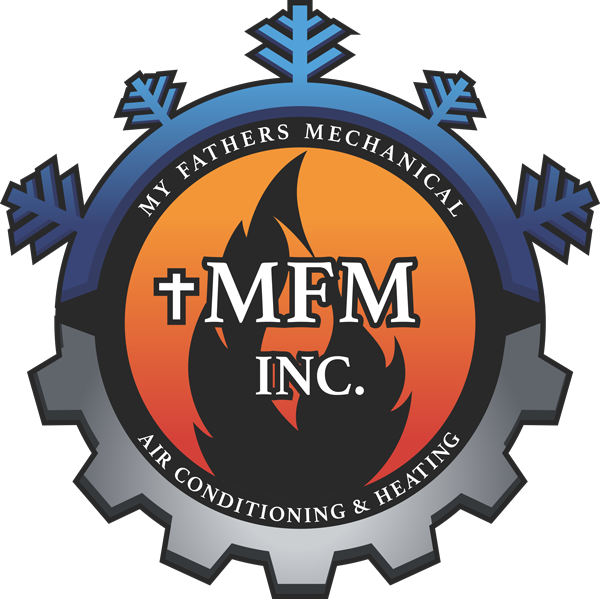Although it may seem odd for an air conditioner and heating company to talk about carbon monoxide poisoning in homes, we cannot emphasize enough how crucial it is to ensure that carbon monoxide is not present. To ensure safety, we conduct carbon monoxide testing in every customer’s home. Let’s look at what the CDC has to say about carbon monoxide poisoning.
Carbon Monoxide
Carbon monoxide, also known as CO, is dangerous because it cannot be detected in the air. It is odorless and has no colors. Carbon monoxide is not something you will notice, which is why it can be so dangerous.
Where does CO come from?
Any gas-burning device can produce carbon monoxide. Your furnace, gas stove, gas water heater, gas dryer, and gas grille are all examples. Ventilation must be done properly for these appliances to ensure that carbon monoxide is not trapped inside.
How CO Poisons People
Carbon monoxide is poisonous to the lungs. The gas is inhaled quickly and you will feel sick. CO gas can poison many people in their sleep. According to the CDC, more than 400 Americans die each year from CO poisoning.
The Symptoms of CO Poisoning
You should get out of your home immediately you feel the symptoms of CO poisoning. Your pets should be evacuated as well. Carbon monoxide poisoning signs include
- Chest pain
- Confusion
- Feeling dizzy
- Headache
- Nausea
- Vomiting
- Weakness
CO poisoning can also cause unconsciousness. However, it is important to get your family members and pets out of the home before this happens. You may have a problem if everyone feels like they have the flu.
How can I avoid CO poisoning?
Installing carbon monoxide detectors in your home is one of the best ways you can avoid carbon monoxide poisoning. Install one in every room. You should also have your gas appliances checked annually, particularly your gas furnace, if you have one. Regular maintenance will ensure that carbon monoxide is properly vented from your home. You should also avoid using outdoor gas appliances like grills in your home.
It isn’t too late to have your furnace inspected. Give us a call to schedule an appointment so we can test the furnace and make sure you are not at risk for carbon monoxide poisoning. We will also confirm that the vents that release the carbon monoxide into the open air are not clogged or otherwise inhibited.
